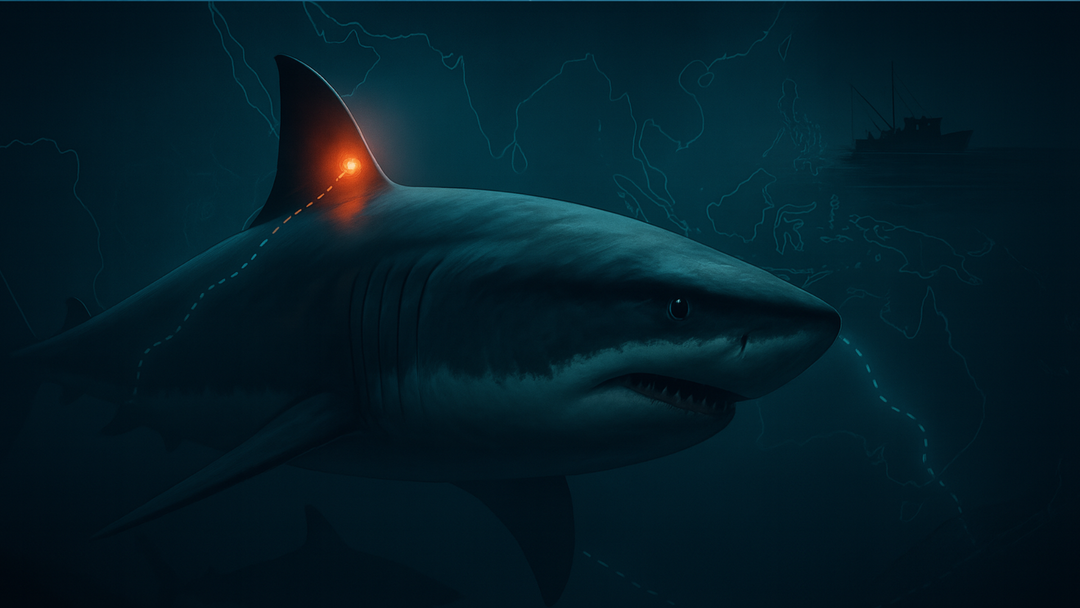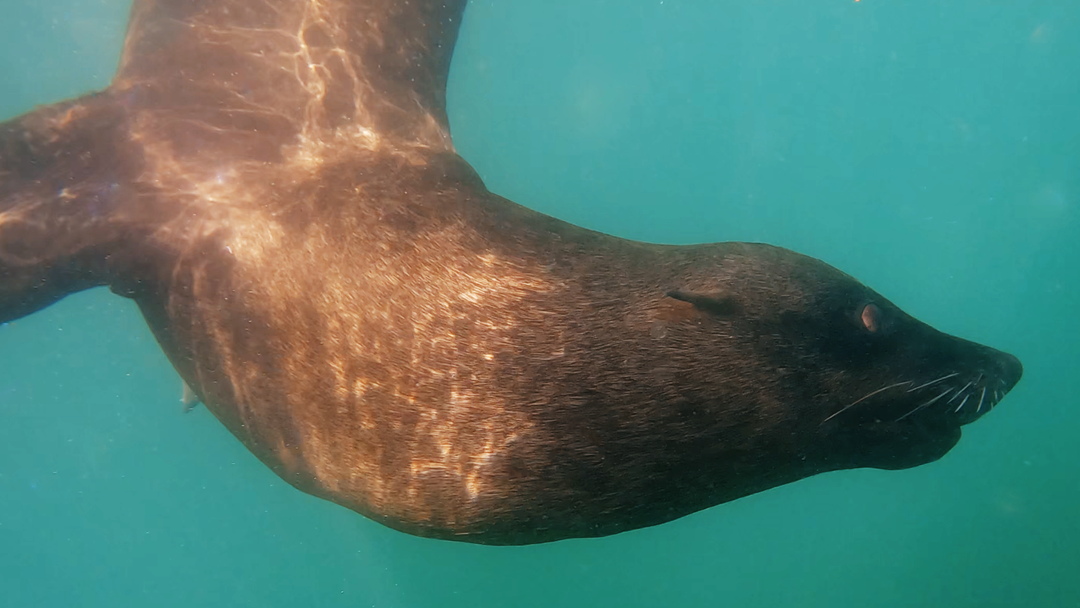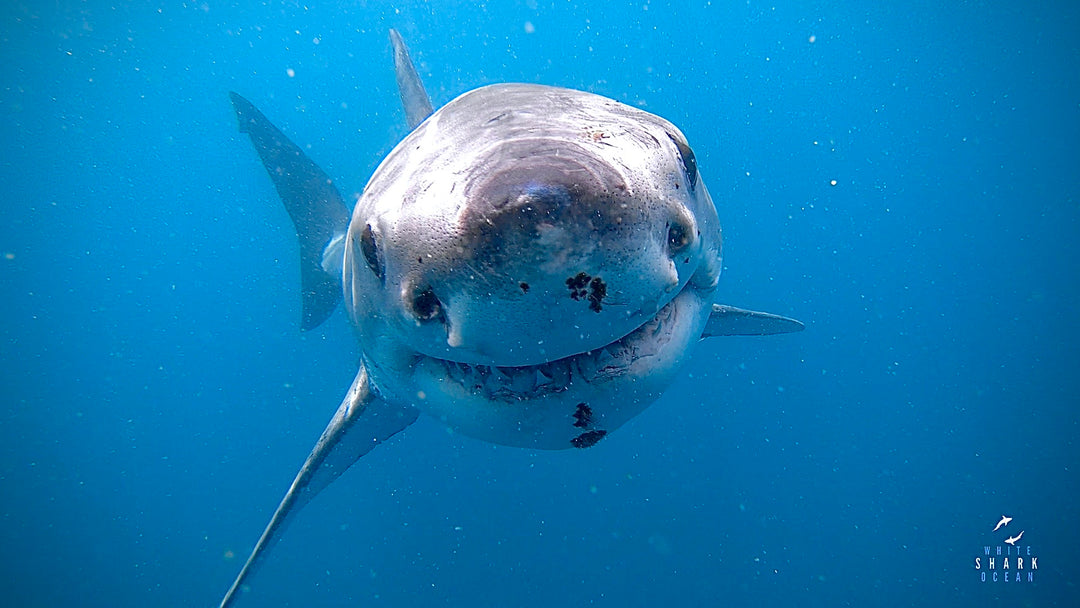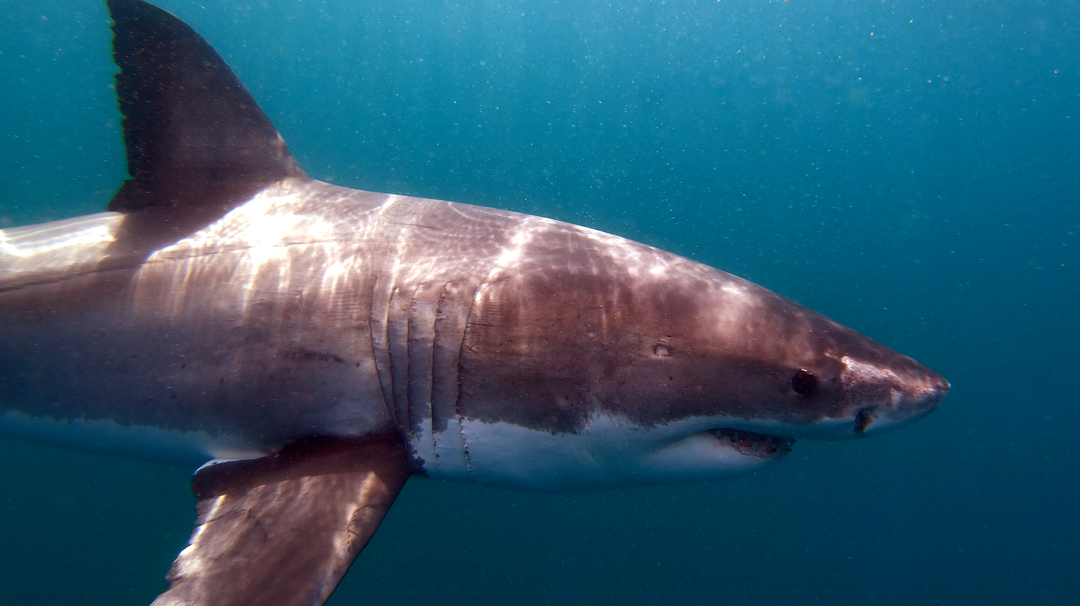Fascinating World of Great White Sharks: Understanding These Predators

Great white sharks, scientifically known as *Carcharodon carcharias*, are one of the most iconic and feared creatures in the ocean. With their powerful build, razor-sharp teeth, and reputation as formidable hunters, great white sharks have long captured the imagination and curiosity of people around the world. But what exactly is a great white shark? In this post, we’ll dive deep into the biology, behaviour, and importance of these fascinating predators.
What is a Great White Shark?
The great white shark is a species of large predatory fish belonging to the family Lamnidae. Known for their impressive size, great white sharks can grow to lengths of up to 20 feet (6 meters) and weigh as much as 5,000 pounds (2,268 kilograms). Their bodies are streamlined for speed and power, with a torpedo-shaped silhouette that allows them to move swiftly through the water.
Great white sharks are easily recognisable by their stark coloration. They have a white underbelly and a grayish to bluish top, which provides them with a form of camouflage known as countershading. This adaptation helps them remain hidden from both prey and potential threats, as their lighter belly blends with the bright ocean surface when viewed from below, while their darker back merges with the deep waters when seen from above.
Key Characteristics:
- Teeth: One of the most distinctive features of a great white shark is its teeth. They have large, serrated, triangular teeth that are perfect for tearing through flesh. Great white sharks can have up to 300 teeth arranged in several rows, and they continuously replace them throughout their lives.
- Senses: Great white sharks are equipped with some of the most highly developed senses in the animal kingdom, making them incredibly effective hunters. Their eyesight is exceptional, allowing them to spot prey from a distance in low light conditions, and their sense of smell is so acute that they can detect faintest scent traces. But that’s not all—these predators have electroreceptors called ampullae of Lorenzini, which enable them to sense the faint electrical signals produced by the movement of their prey. And if that wasn’t enough, they also have a lateral line system, a highly sensitive network of nerves running down both sides of their body, picking up even the smallest disturbances in the water.
- Habitat: Great white sharks are found in coastal waters all over the world, particularly in temperate regions. They are often spotted near the coasts of South Africa, Australia, California, and the northeastern United States. Despite their fearsome reputation, they play a vital role in maintaining the balance of marine ecosystems.
Conclusion:
The great white shark is much more than just a fearsome predator; it is a marvel of evolution and a critical component of our ocean's health. Understanding these incredible creatures helps us appreciate their role in the marine environment and underscores the importance of conserving their populations. As apex predators, great white sharks help keep our oceans in balance, and learning more about them can foster a greater respect and admiration for these magnificent animals.














Leave a comment